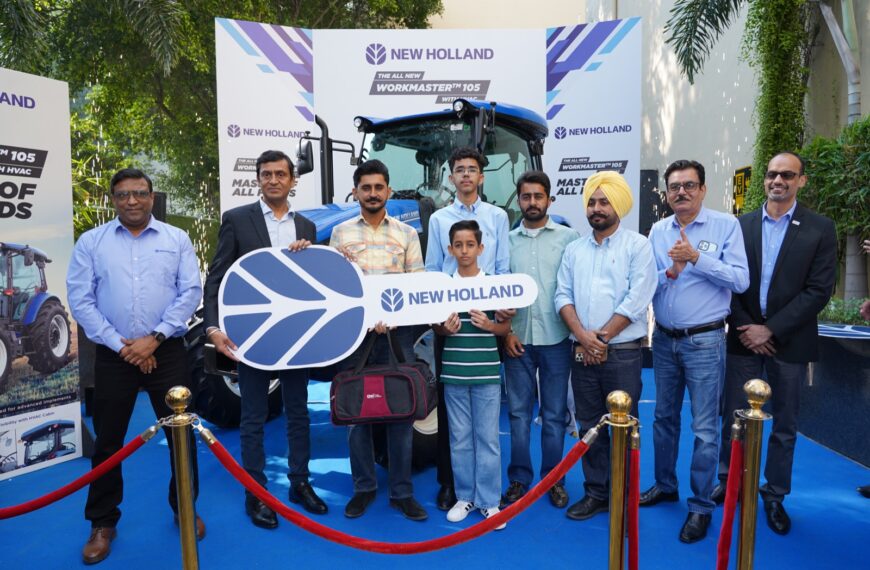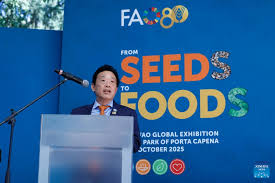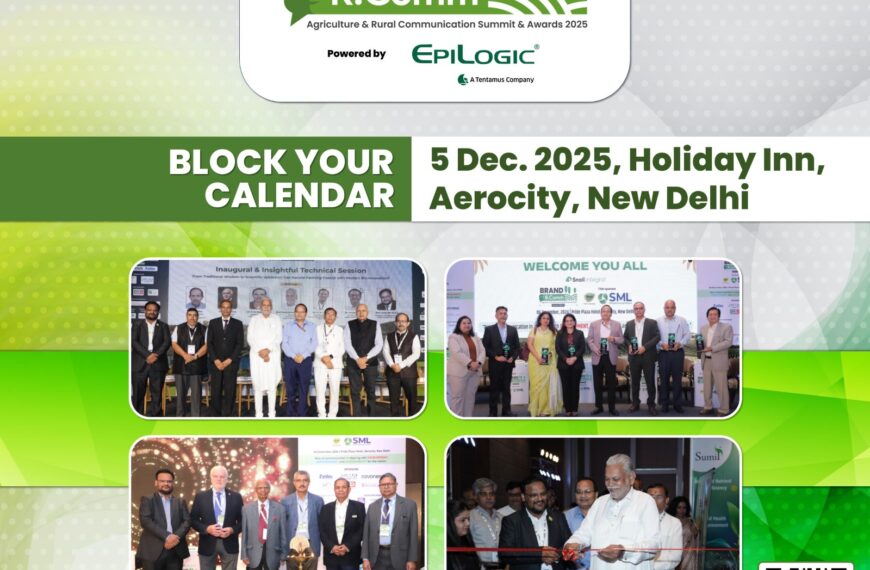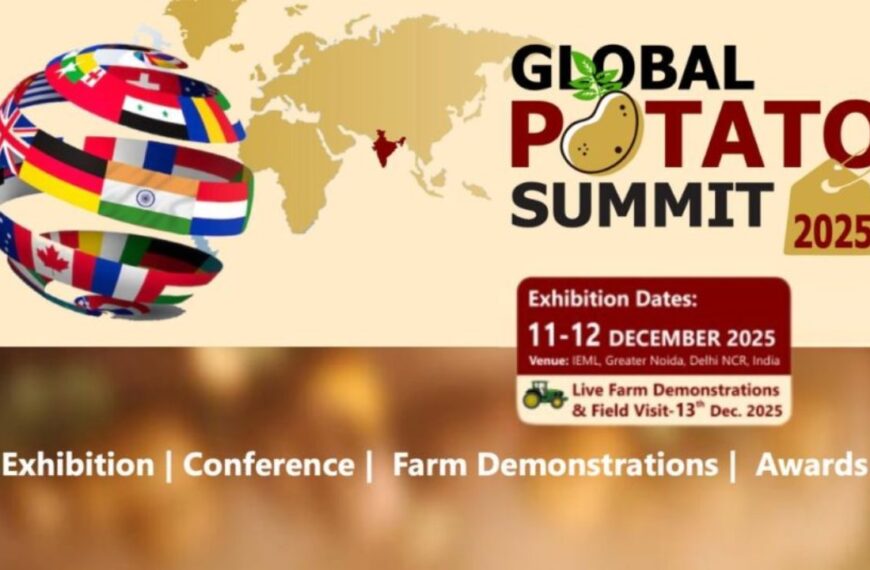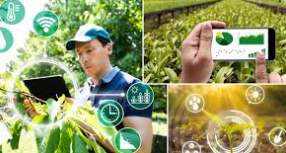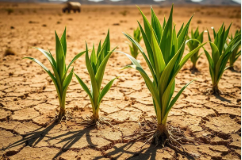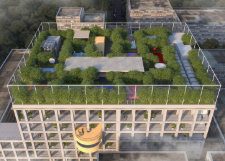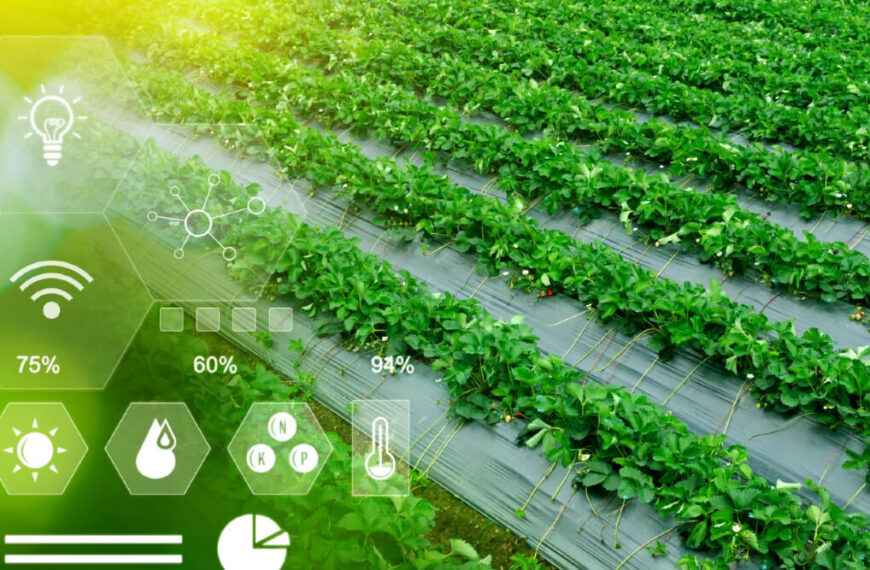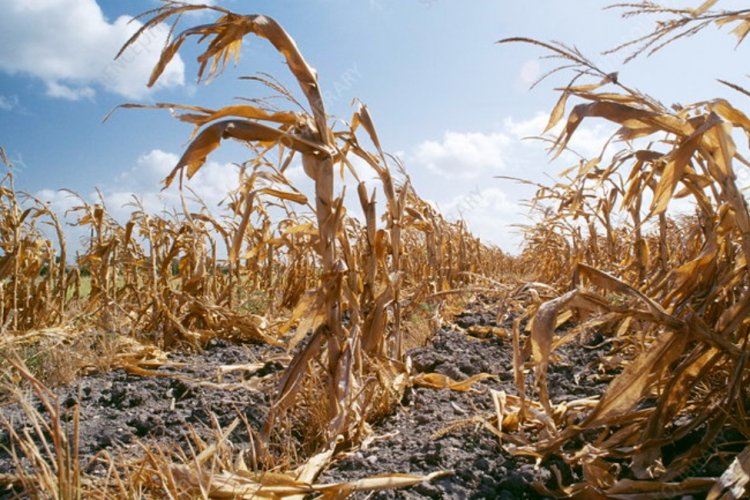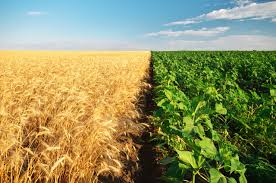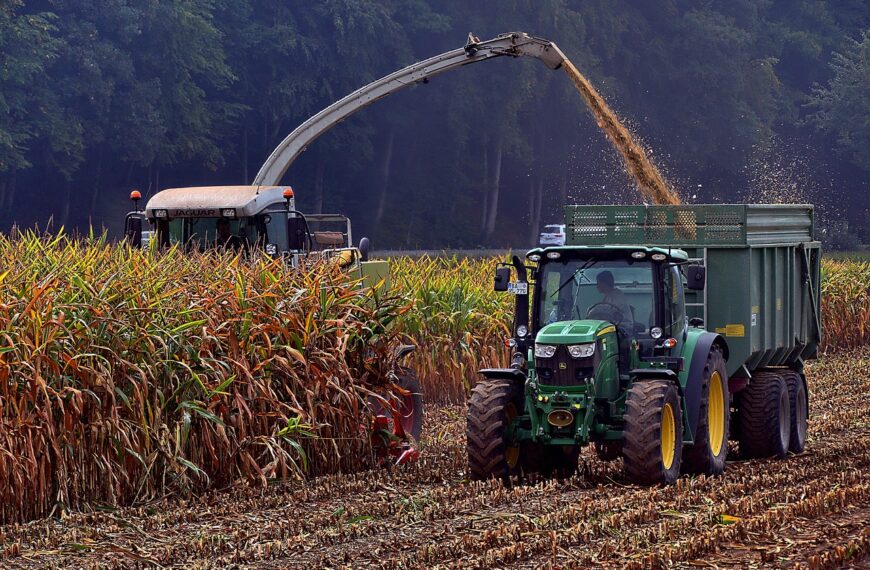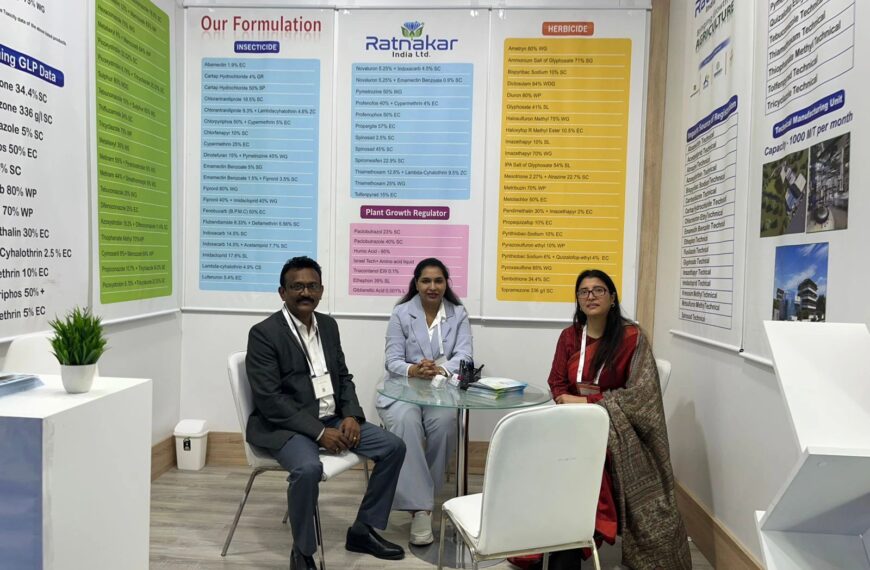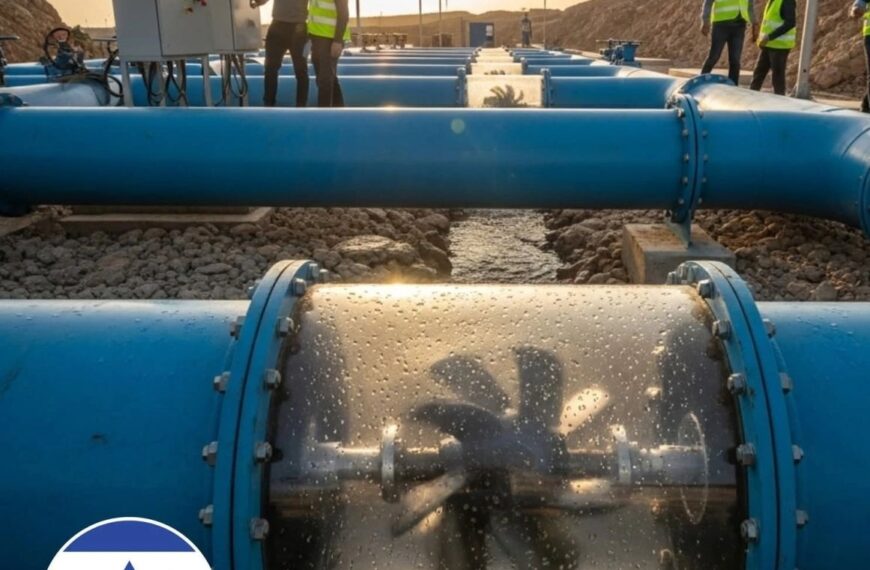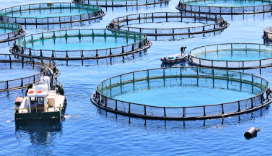
Innovative aquaculture integrated agriculture farming systems are gaining popularity in Southeast Asia. These systems combine fish farming with vegetable cultivation leveraging nutrient rich wastewater and minimizing external fertilizer use. Tilapia catfish or carp raised in ponds provide soluble nitrogen and phosphorus excreted into water that is circulated to vegetable beds grown on floating rafts or adjacent soil units.
Producers in Indonesia are cultivating leafy greens and herbs alongside fish with water reused through vegetable beds then returned to fish ponds. This reduces nutrient waste and produces two harvestable products with reduced input costs. Farmers have reported twenty percent higher total revenue per hectare compared to standalone farms.
Government led extension projects offer training on water quality monitoring aquaponics design and disease prevention. Private sector partners provide affordable pump systems and water filtration kits. Local markets now accept and display aquaponics labeled produce evidencing growing consumer demand.
Scientists are studying scaling models and farmers networks to replicate success in more diverse contexts. The integrated aquaculture vegetable model is praised as a climate smart sustainable model with circular resource use.

